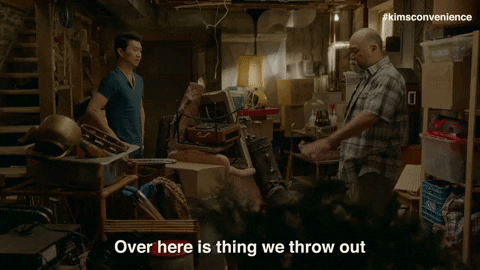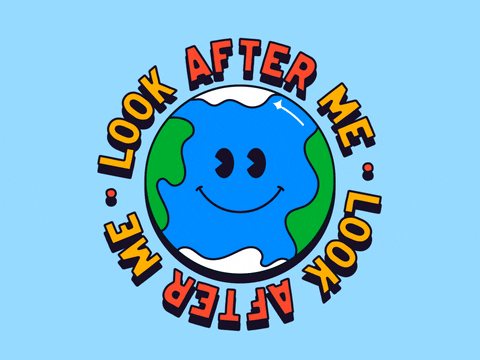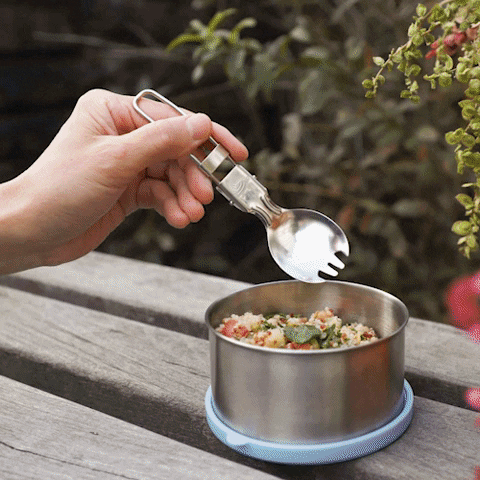Minimalism and sustainability go hand in hand.
Ever wonder what minimalism is exactly? It’s more than just a clean aesthetic and trendy lifestyle.
There’s lots of ways to define minimalism.
Minimalism can focus on making time for things that add value to our lives. Decluttering and moving away from the overconsumption of goods are also common aspects.
Additionally, some people associate minimalism with freedom. Letting go of hoarding habits can be pretty cathartic.
So, where does sustainability come into play? Let’s look at how minimalism can help you maximize your sustainability.
Reduce waste
Empty chairs at empty tables…okay, it’s not that extreme. But a lot of people like the minimalistic aesthetic that comes with decluttering.

Getting rid of things that don’t add value can make your space more productive. Suffice to say, this probably means a lot of things you’ll no longer need.
You can reduce waste by giving items away to friends and neighbours. Also, consider donating or finding new ways to make them useful again!
Reuse old clothes as cloths to wipe the floor. Place empty candle jars into a tray to organize your office supplies.
And, make sure to sort products into the recycling, garbage and organic bin. Every little bit helps!
Reduce usage
You can also reduce waste by reducing what you initially use.

This can be as easy as switching to online bank statements instead of paper. Or, bringing a reusable canvas bag on your next shopping trip.
Those plastic shopping bags add up with every grocery run! Take a look around your house for things that you can cut back on—you’ll probably save some money while you’re at it!
Preserve natural resources

Moving away from the overconsumption of consumer goods helps us preserve the natural resources on Earth. They’re limited after all! A big part of sustainability is cutting back to save resources for future generations.
We’ve talked about recycling and reusing items to reduce waste. We can also cut back by being careful about our purchases. Shop smart!
Next time you’re about to buy something, consider:
Is this item valuable to me?
How long will this item last?
How much will I use this?
By reducing the amount of goods we buy, we can reduce the use of natural materials. Additionally, this can also help us focus our time on valuable experiences and activities.
So, get out there and make some memories!
Find eco-friendly alternatives
Honestly, we can get caught up in buying things for the sake of having them. Your minimalist goal might be about detaching yourself from material goods.

You can consider purchasing eco-friendly alternatives. Look for products that are recyclable, decomposable or zero-waste.
Additionally, minimalism can help you be more conscious about shopping smart. Knowing that these items are recyclable or will naturally decompose can help you detach yourself from holding on to them.
Plus, there’s lots of cool eco-friendly alternatives!
Check out konjac cleansing sponges, natural soap savers, bamboo tooth brushes with bio based bristles and recyclable safety razors.
Tackle sustainability one step at a time
Various aspects of minimalism align with sustainable values and can help us maximize our sustainability.

For example, minimalism can help us balance sentimental items and materialism. It can definitely be freeing to abstain from impulsive Amazon purchases (yes, we’re guilty)! And, there’s lots of small ways to get started! Or ways to make sustainable switches.
Making informed purchases, reconsidering what we value and re-evaluating what we use are great ways minimalism can help us think more about sustainability in our day to day lives.
Kicking off your minimalism and sustainable journey? Here’s Jay Shetty’s guide to success and finding one’s purpose!
Follow IGNITE on Facebook, Instagram and Twitter for all things student life.
